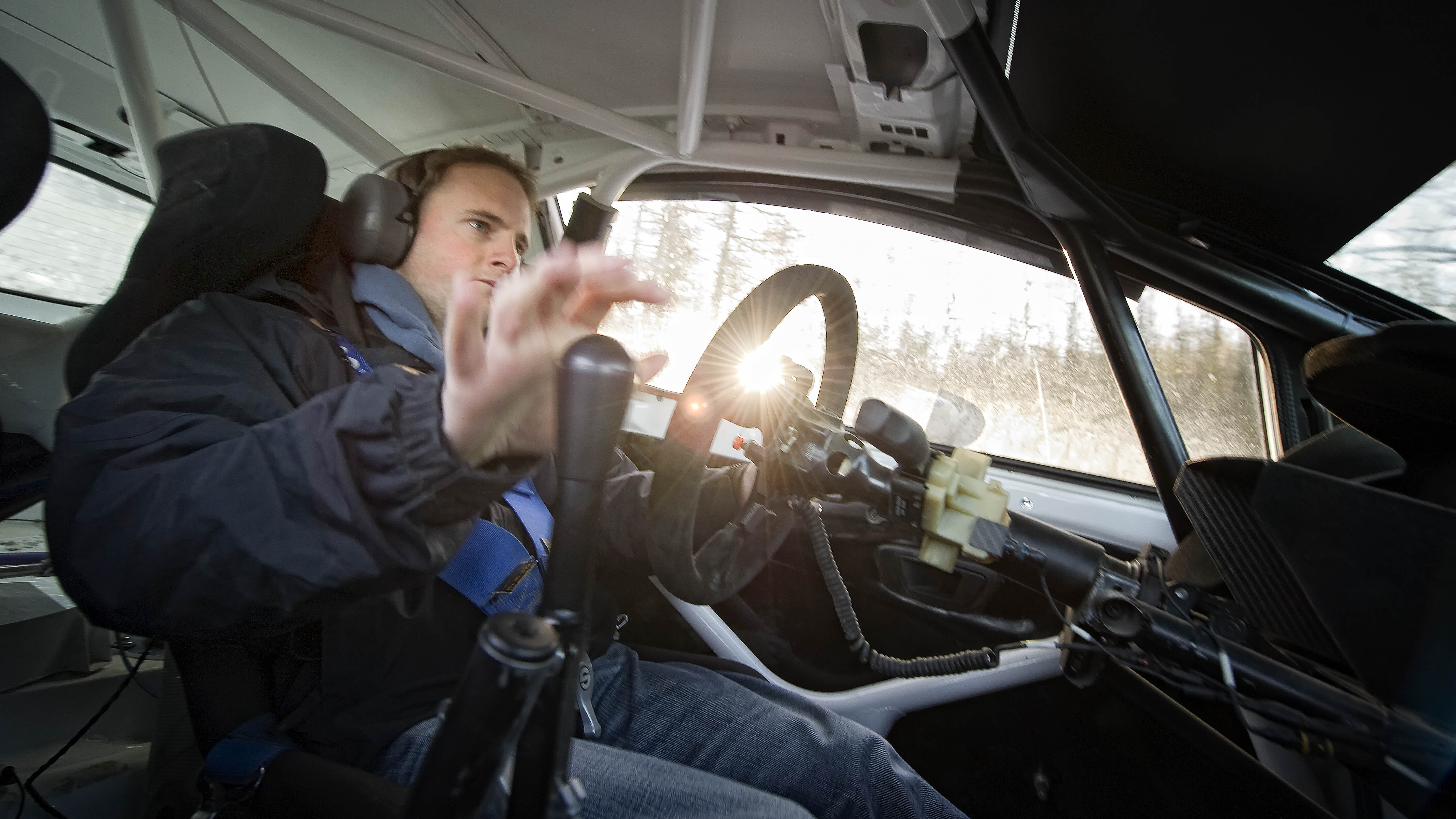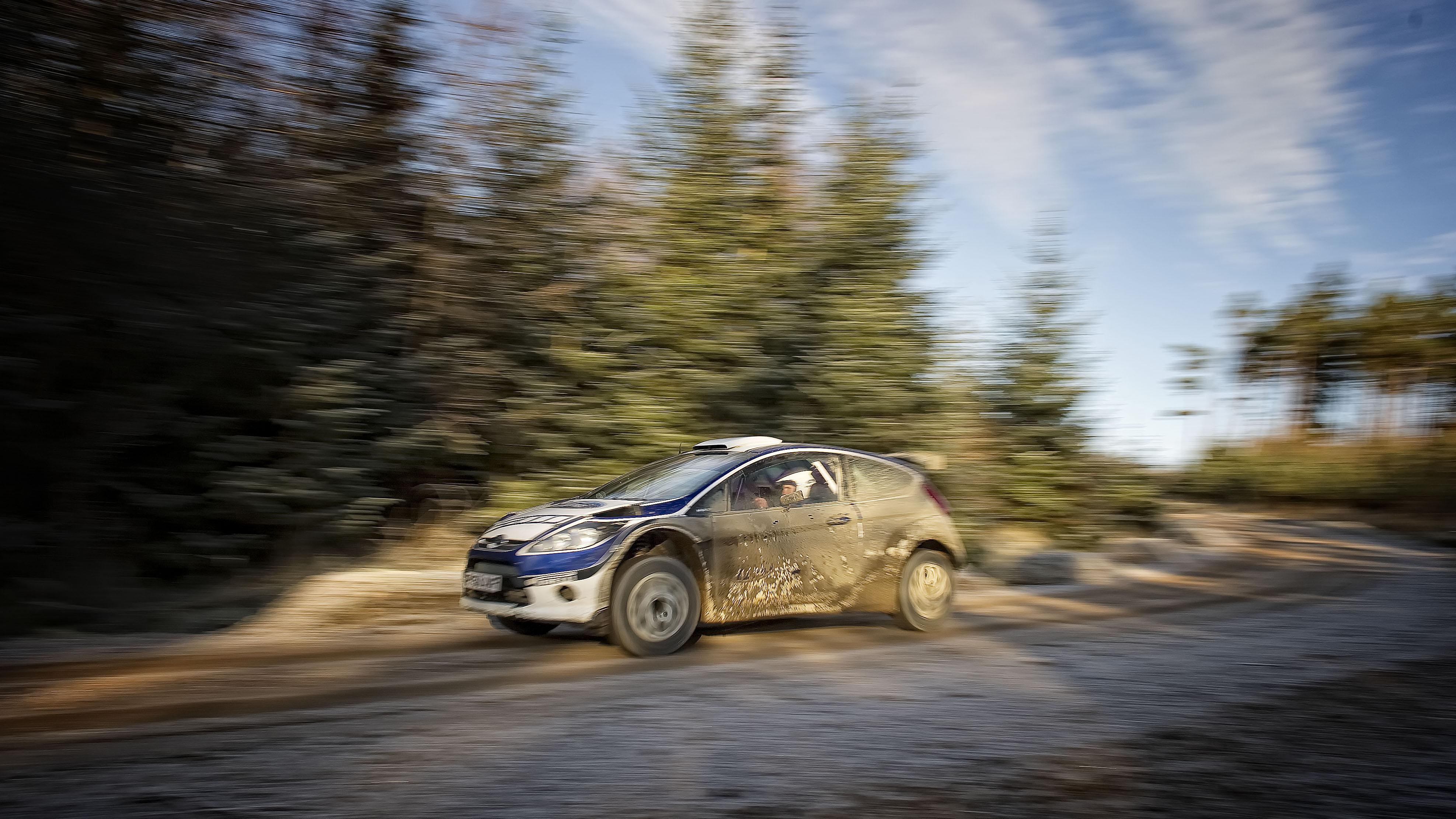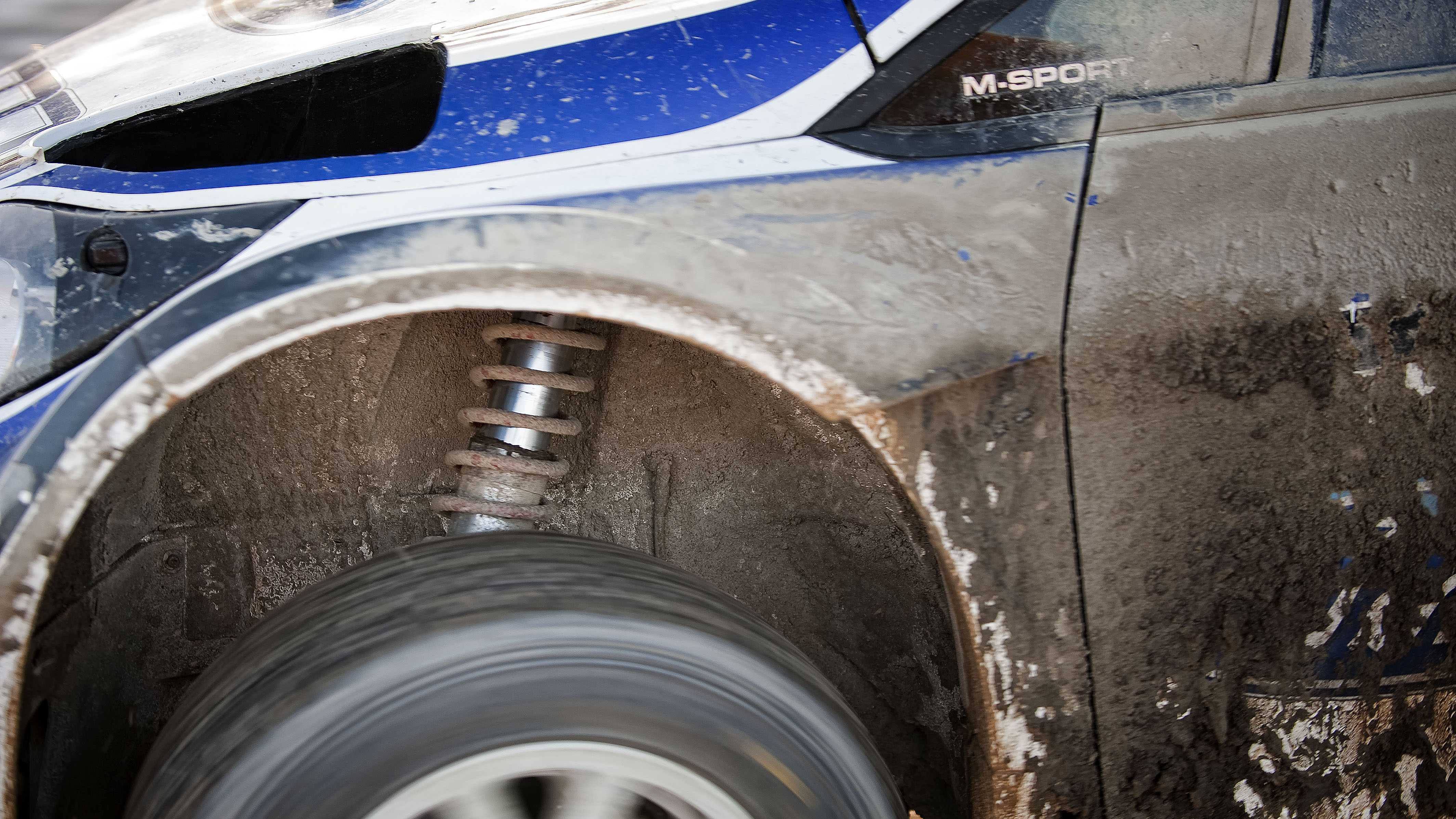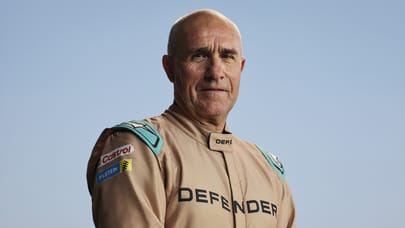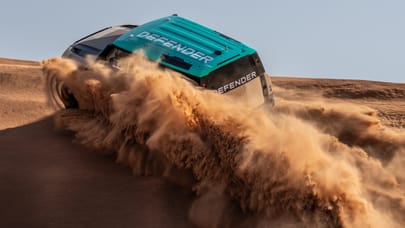
From the archives: our first drive of the Ford Fiesta S2000 rally car
Back in 2010 this was the future of the WRC. But did the S2000 make a good first impression?
The mechanics look nervous. And Davy Lindsay, sitting next to me in the passenger seat of this Ford Fiesta S2000 rally car, looks positively petrified. He tightens his belts an extra tweak. It’s -2C outside, there are lots of trees and ditches around, this is a single-track gravel road which I’ve never seen before and I’m about to be the first journalist in the world to drive this very expensive car, of which there is only one in the world. Oh, and two customers are patiently waiting five miles down the road to have their own test later on this afternoon.
First things first – I need to shut the door. My stumpy arm flails after it until one of the mechanics takes pity and closes it for me, forcing a smile as he does it. A hollow ‘thwank’ reverberates around the bare metal cockpit, and I begin to wonder precisely why I’m here.
To sample the future of World Rallying, basically. The new S2000 rules kick off in 2011, when the WRC is being turned on its head. The current high-tech cars, with tricky electronic diffs and highly expensive tech, will be ditched in favour of these simpler, more mechanical, cheaper S2000 cars.
Images: Justin Leighton
And, significantly for me, they will be more difficult to drive. In current WRC cars, the gearchange is a simple paddle on the steering wheel, and the cars don’t punish mistakes much. Obviously, there is no doubting the enormous skill level required to drive a full-blooded WRC car, but in S2000, the driver will have to work harder still, because there won’t be as much power on offer. If you go into a corner in an S2000 car in the wrong gear, you won’t be able to rely on huge amounts of torque to drag you onto the next bend. Maintenance of speed and momentum will be crucial.
Rallying will almost certainly become more competitive again. It’s difficult not to admire Loeb and Citroen for their utter dominance of the WRC, but Ford is the only other car maker competing, so something needs to be done to take rallying back to its glory days, and cars like this S2000 Fiesta are the answer.
Each S2000 car will be capped at £250,000, which is hugely expensive by most standards, but much cheaper than a £750,000 Focus WRC car, so hopefully more manufacturers will come back. Ford has built the Fiesta; Skoda, Peugeot and Proton have all got cars; and Citroen and Mini are looking into it too.
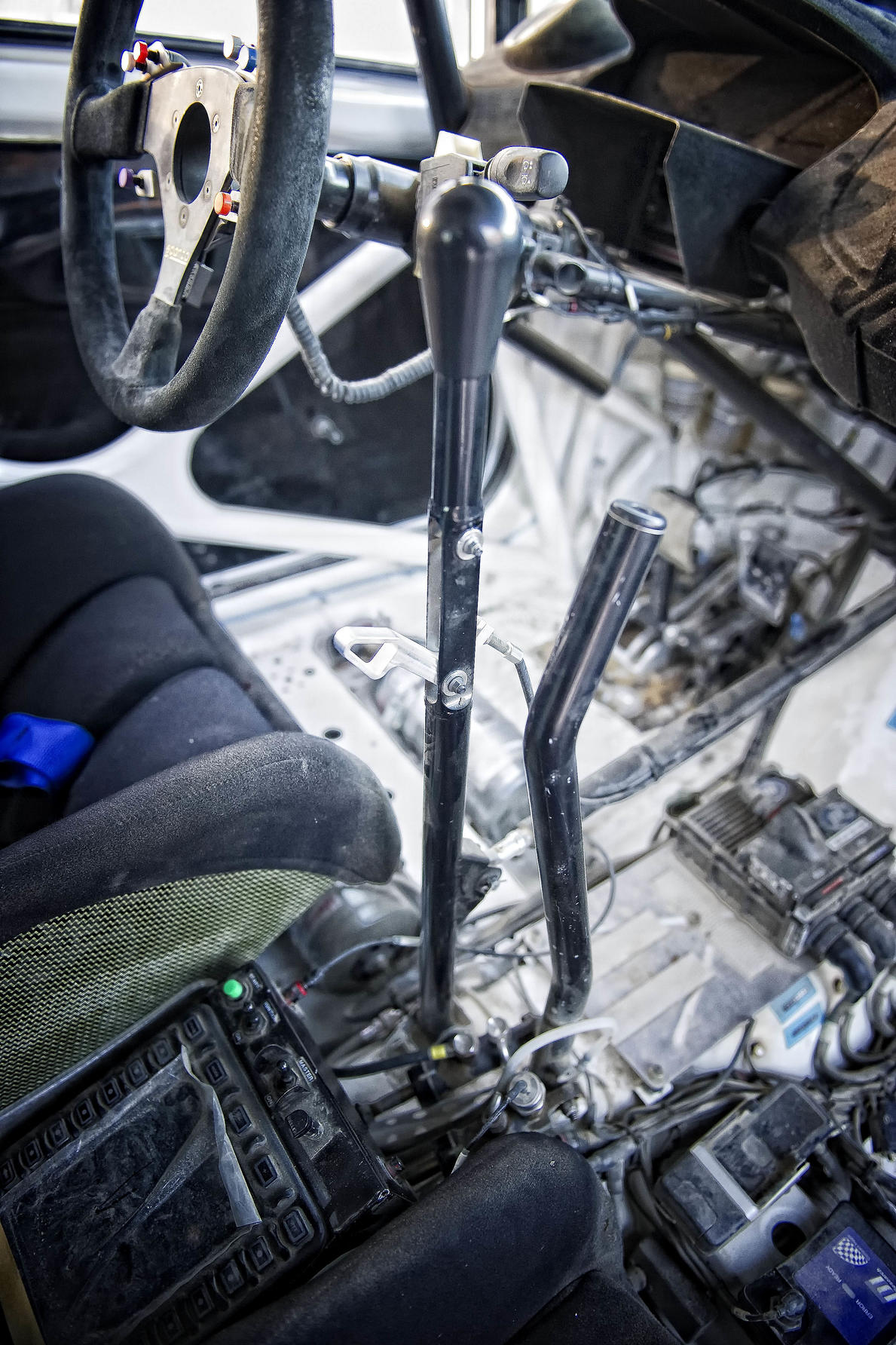
No trick active diffs will be allowed, the cars will be four-wheel drive and use 1.6-litre turbocharged engines, which will probably end up generating a bit less than the current WRC car’s 300bhp. These motors are part of the FIA’s global engine idea, so World Touring Cars will be using them as well for cost-spreading purposes.
The turbo engine rules were only decided a few days before we got in the Fiesta, so our car has got a 2.0-litre 280bhp naturally aspirated four. It’s still powerful enough to take me a long way into the forest. As soon as you flick the two toggle switches on the transmission tunnel, you can tell rallying won’t be going soft with these cars. The Fiesta immediately sounds raw and mechanical, angry almost, and the vibrations come right through the seat far more than in a road car – no weighty noise insulation in this little beast.
Clutch down, pull the long sequential gearlever backwards, check with Davy that we’re ok, and we’re off. With an enormous amount of kangaroo petrol. A truly awful getaway – the Fiesta lurches forward uncontrollably and no matter how steady I try to be with the accelerator, nothing cures it. It’s enough to make a fighter pilot car-sick. Davy is smiling. Or at least I think it’s a smile.
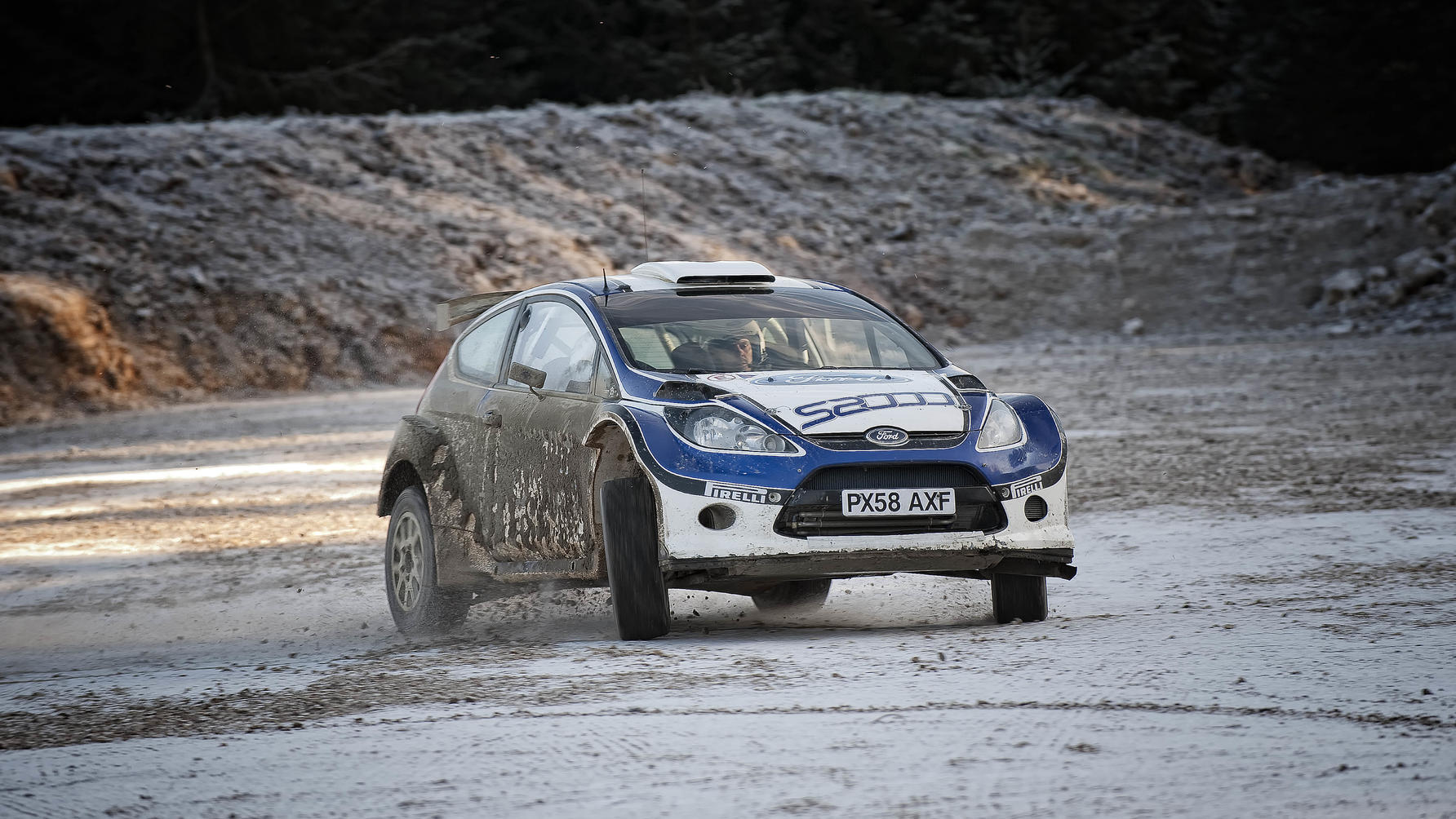
Get onto the stage, accelerate hard and the hiccups disappear. Lift off the throttle, dip the clutch, bang the Fiesta into second. More throttle, keep the toe in this time and just yank the gearlever rearwards for third. Brake for the next corner and really shove the gearlever towards the dash to select second.
Pushing and pulling the gearstick requires far more effort than I’d imagined. Pussyfoot about with it and the Fiesta won’t select the next gear; really bang it home, don’t try to be delicate and it drops into the next cog with a clunk. The trick is being confident, showing it who’s boss. There’s a lot of energy required.
There’s also definitely less grip than there was in Loeb’s Citroen C4 WRC – which I drove last year – the Fiesta’s back end feels more lairy. I use the car’s sidewaysness to steer from one bend to the next, linking the two together, trying not to touch the brake between them, just using the pendulum action to swing the rear of the car from a left-hander to a right-hander.
Top Gear
Newsletter
Thank you for subscribing to our newsletter. Look out for your regular round-up of news, reviews and offers in your inbox.
Get all the latest news, reviews and exclusives, direct to your inbox.
It’s brilliant through here, so predictable and balanced. The driver is intimately involved with what’s going on, even on ice – and even if they’re wearing enough coats for a trip to Antarctica, like I am. Every movement the car makes is fed straight back through the steering wheel and pedals.
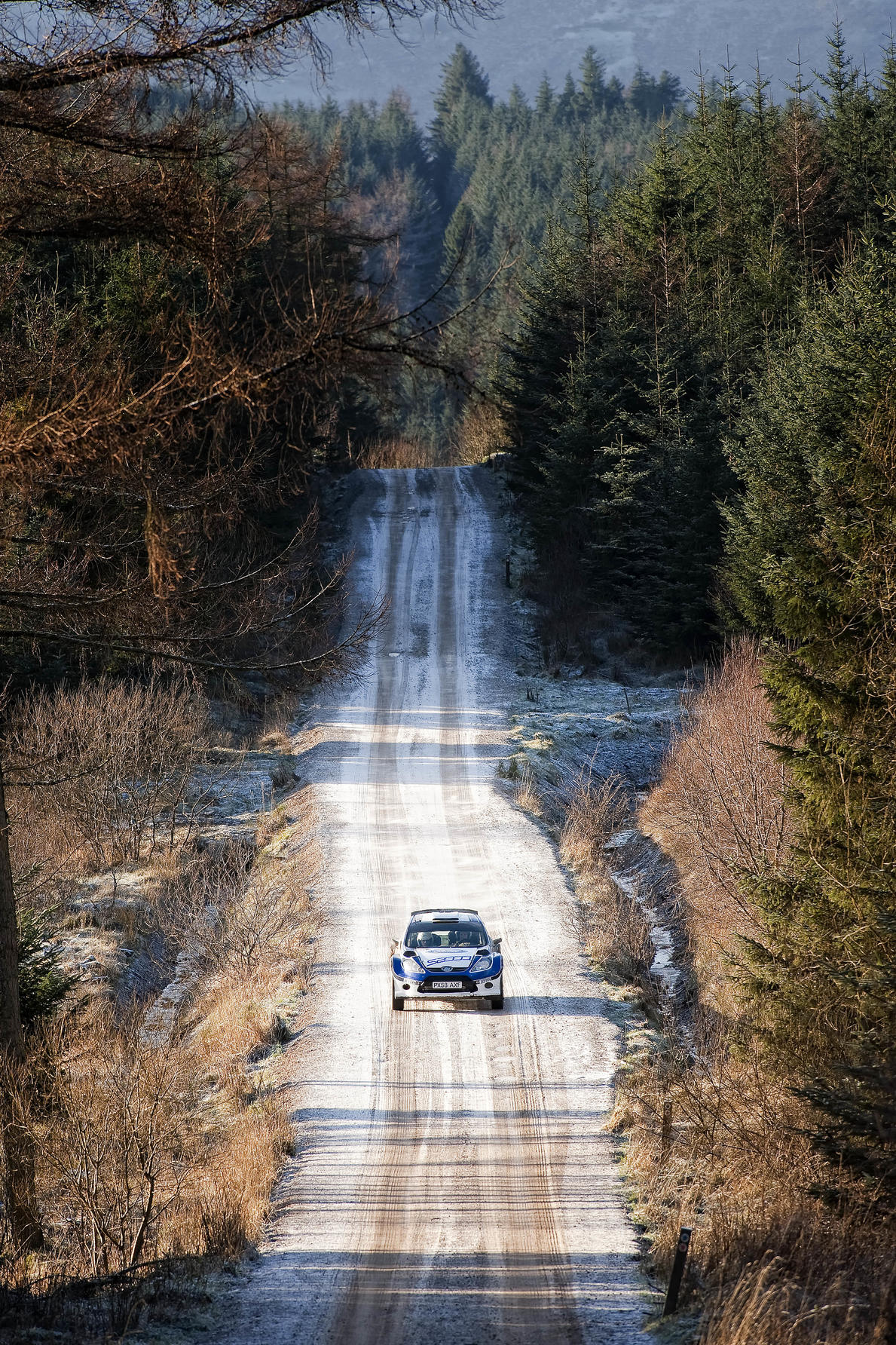
Incredibly, the ride itself is quite serene so you don’t feel like you’re being shaken around. in a bizarre way, it’s almost relaxing.
Then I suddenly think about what sort of speeds I’m doing, and it’s immediately less peaceful. I imagine we touch 60mph before needing to get on the brakes, hard, for the really icy patch underneath some trees. At that sort of pace, the Fiesta starts to float over longer undulations. I have to force myself not to correct it, to have faith in the car, because otherwise this could end in a horrendous tank slapper, trying to thread a less-than-calm route through all the trees.
The short gearing means I’m constantly banging through the gearbox, and the Fiesta charges towards the redline in each gear. This is certainly not calming. There are only three lights to warn me I’m getting close to the rev limiter, and they flash up so quickly, with the revs climbing so rapidly, that even when I see the green one and lift, I’m still hitting the limiter.
With the introduction of these cars, WRC is going to become a lot more challenging. And a lot more awesome. If the championship can sort out some proper TV coverage (bring back Channel 4, we say), then at long last rallying might just develop the following it deserves. At present, this country lacks a champion driver, but the S2000 regulations should make it easier for younger talent to emerge. They can cut their teeth in these cars from a younger age on the full WRC circuit, as well as competing for overall honours in the national championships.
I only hope that they remember to close the door before they put their belts on...
Trending this week
- Car Review
BMW 1 Series




